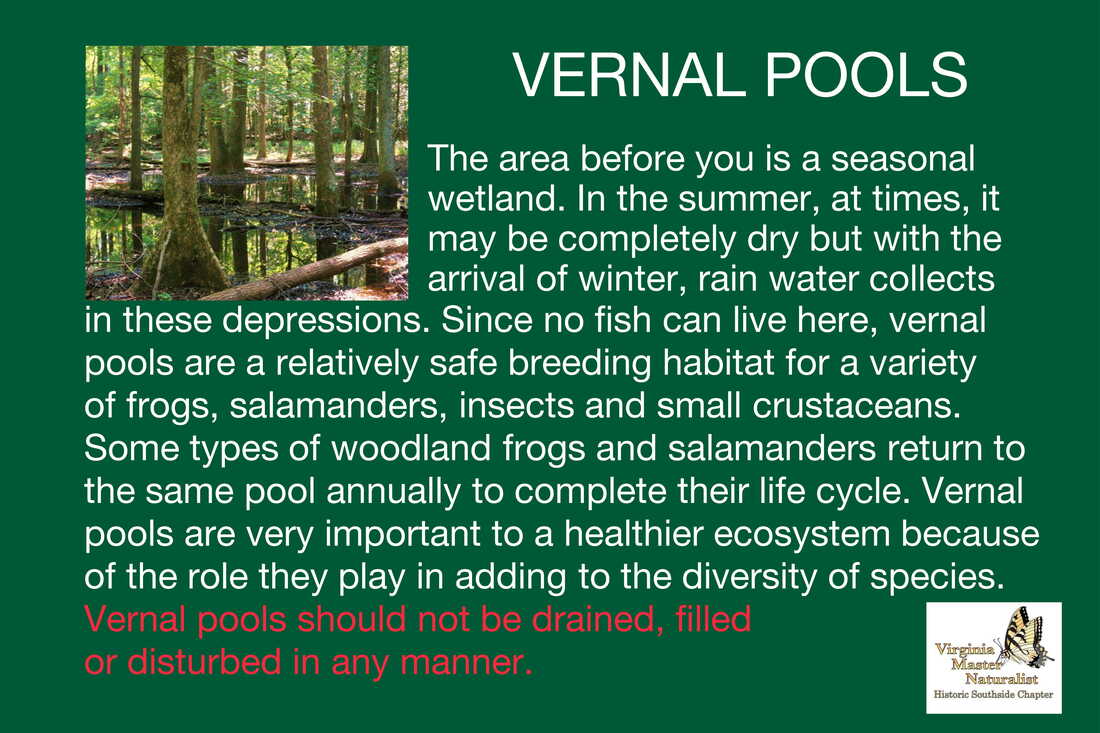Introduction
Vernal pools, also called vernal ponds or ephemeral pools, are temporary pools of water that provide essential breeding habitat for specific plants and animals. They contain shallow water for variable periods from winter to spring, but may be completely dry for most of the summer and fall. They are considered to be a distinctive type of wetland usually devoid of fish, allowing the safe development of native amphibian and insect species that are unable to withstand competition or predation by fish. Insects such as mosquitoes and dragon flies breed in vernal pools. Amphibians such as salamanders and frogs also breed in vernal pools.
Some facts to consider
Vernal pools, also called vernal ponds or ephemeral pools, are temporary pools of water that provide essential breeding habitat for specific plants and animals. They contain shallow water for variable periods from winter to spring, but may be completely dry for most of the summer and fall. They are considered to be a distinctive type of wetland usually devoid of fish, allowing the safe development of native amphibian and insect species that are unable to withstand competition or predation by fish. Insects such as mosquitoes and dragon flies breed in vernal pools. Amphibians such as salamanders and frogs also breed in vernal pools.
Some facts to consider
- Climatic changes associated with each season cause dramatic changes in the appearance of vernal pools. The pools collect water during winter and spring rains, changing in volume in response to varying weather patterns. During a single season, pools may fill and dry several times. In years of drought, some pools may not fill at all.
- The unique environment of vernal pools provides habitat for numerous rare plants and animals that are adapted to survive and thrive in these harsh conditions. Many of these plants and animals spend the dry season as seeds, eggs, or cysts, and then grow and reproduce when the ponds are again filled with water.
- In Virginia, there are eight obligate animal species that rely upon vernal pools as their prime habitat. Fairy shrimp, wood frogs, and six species of salamanders are found only in and around vernal pools. The Salamanders (Spotted, Marbled, Jefferson, Mole, Mabee’s, and Tiger) all breed and go through their larval state when there is water in vernal pools.








